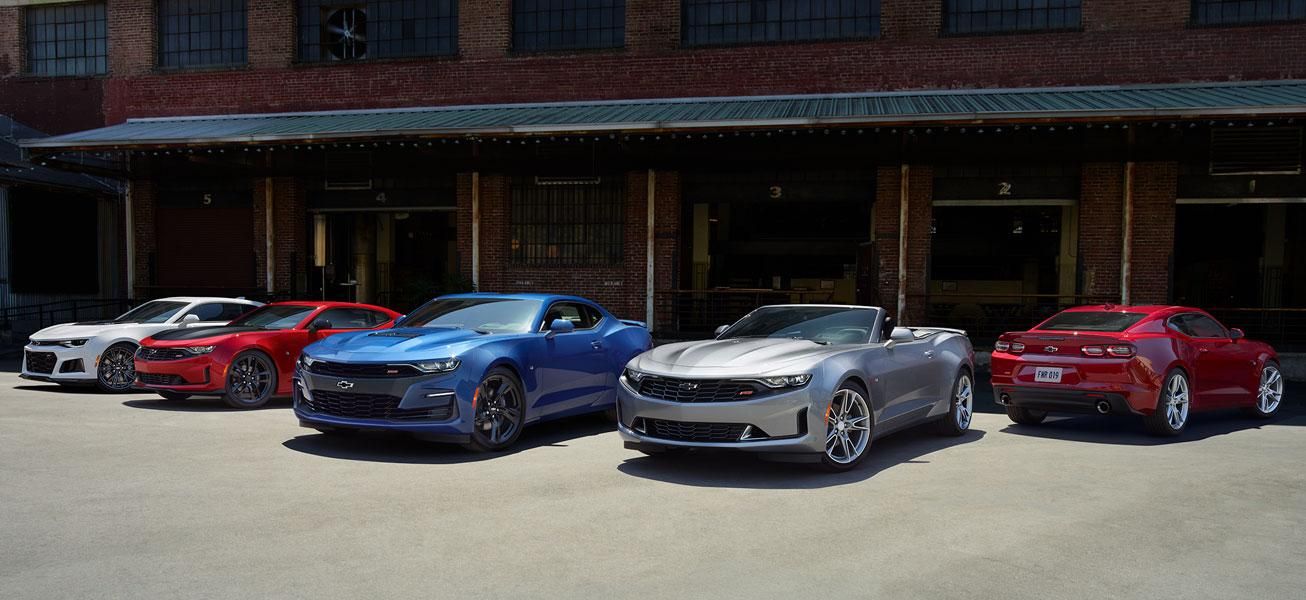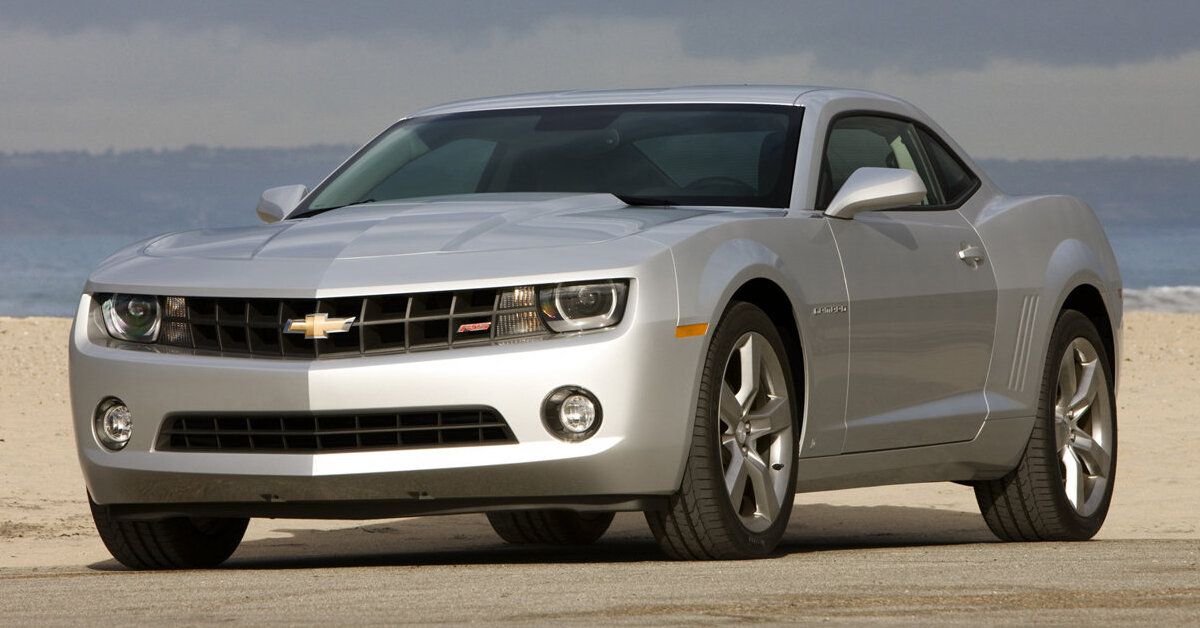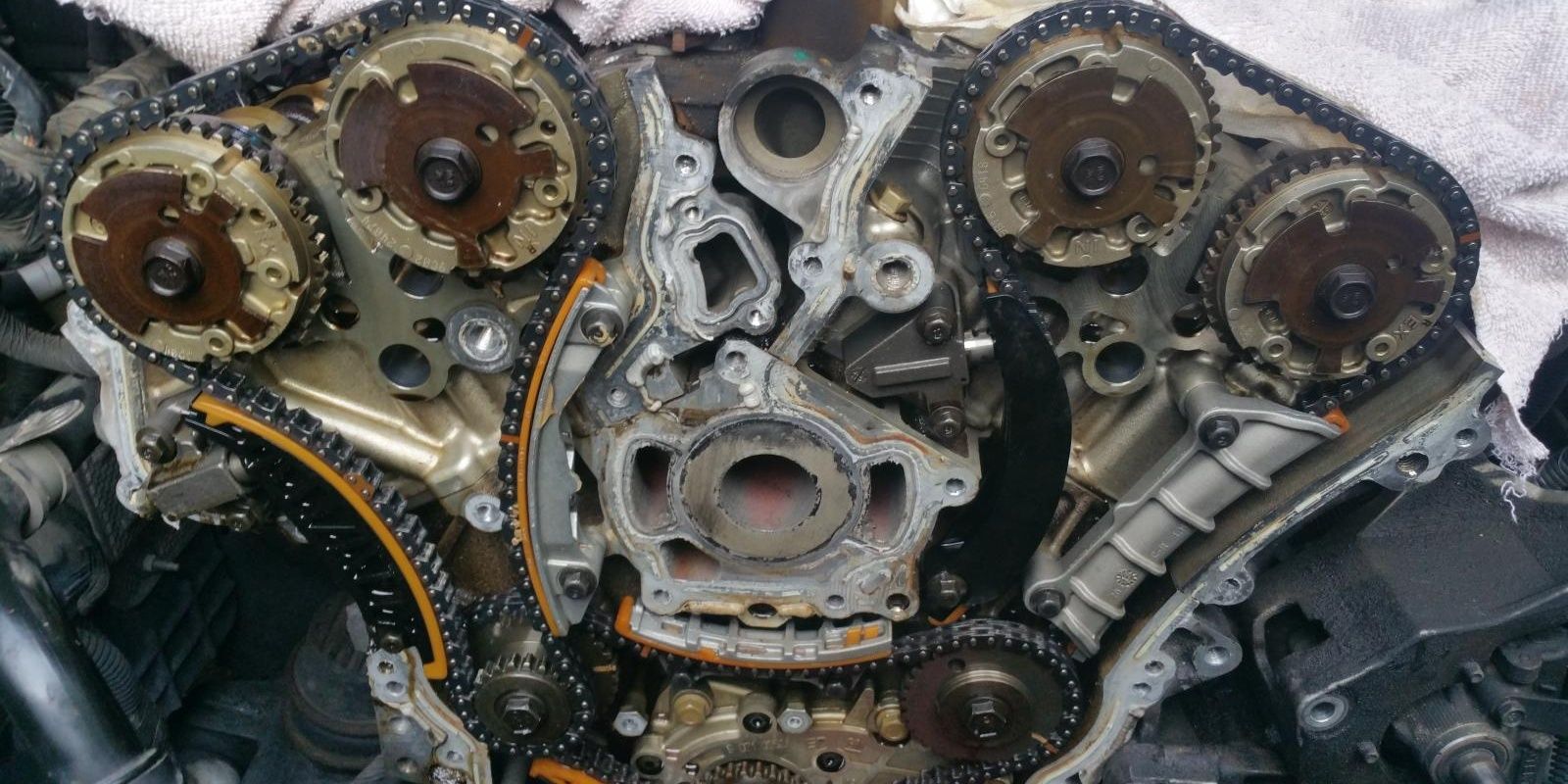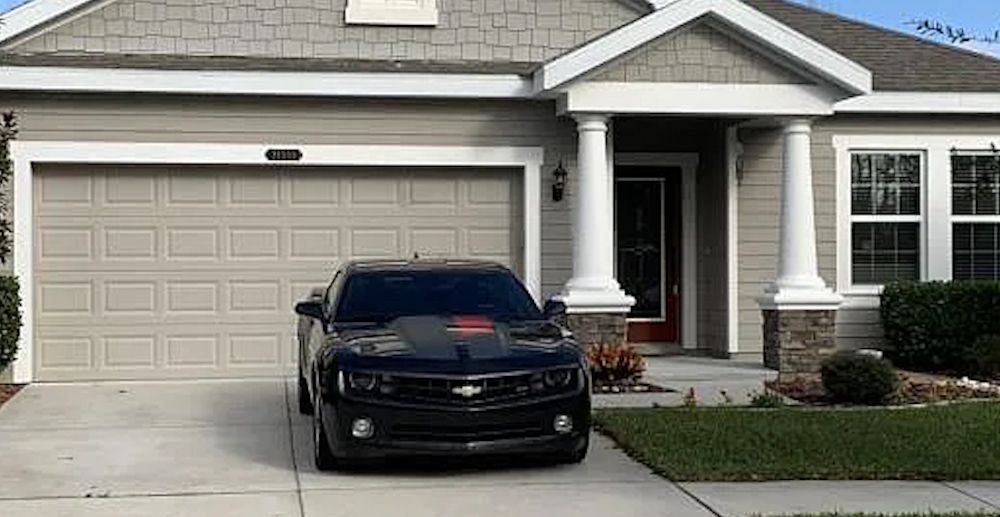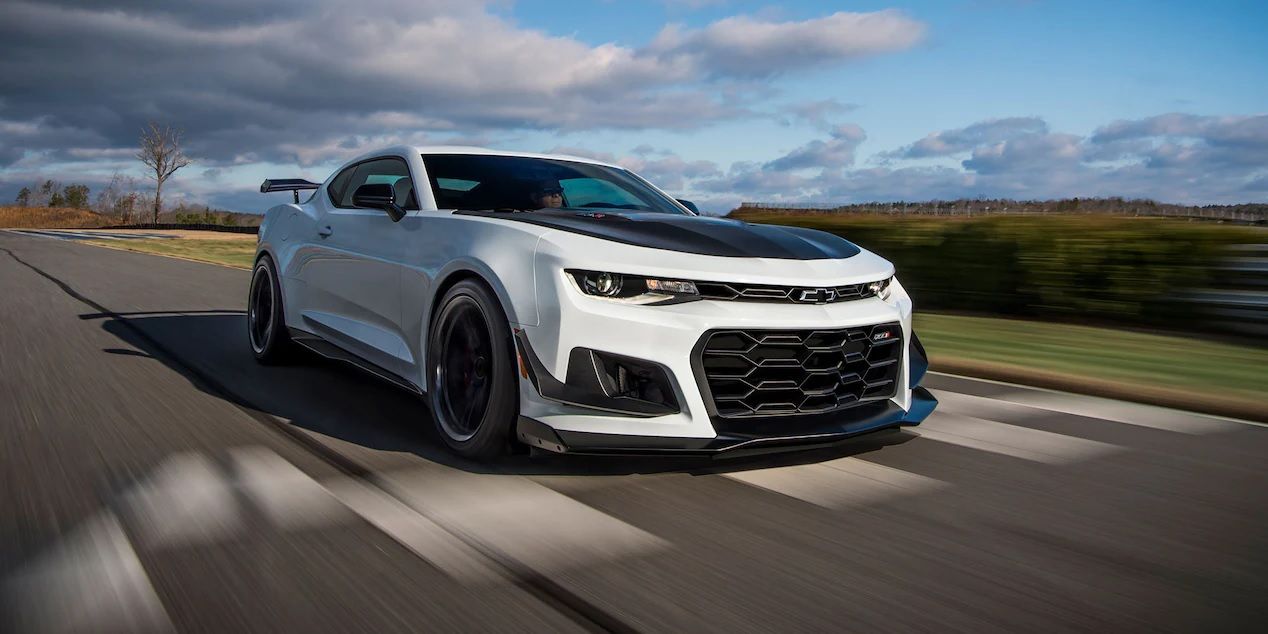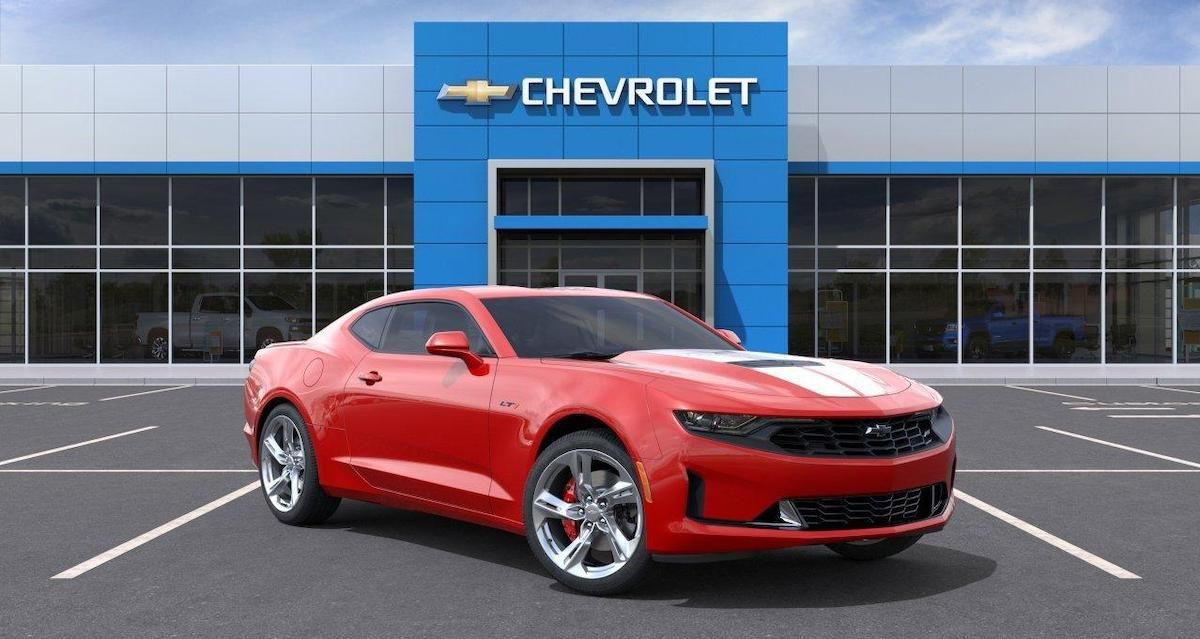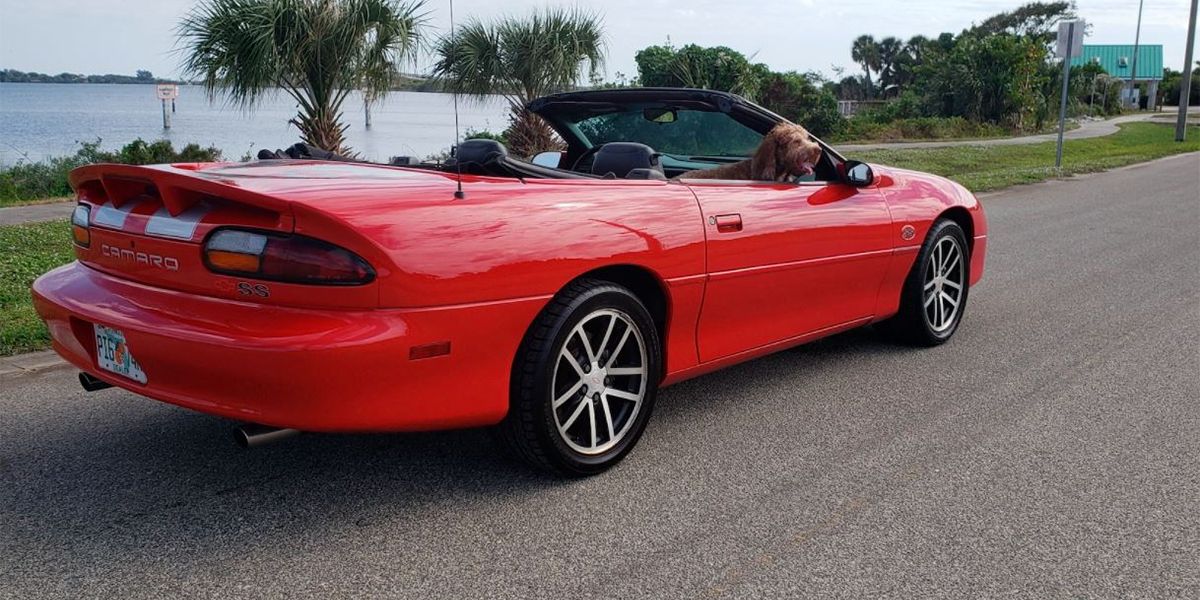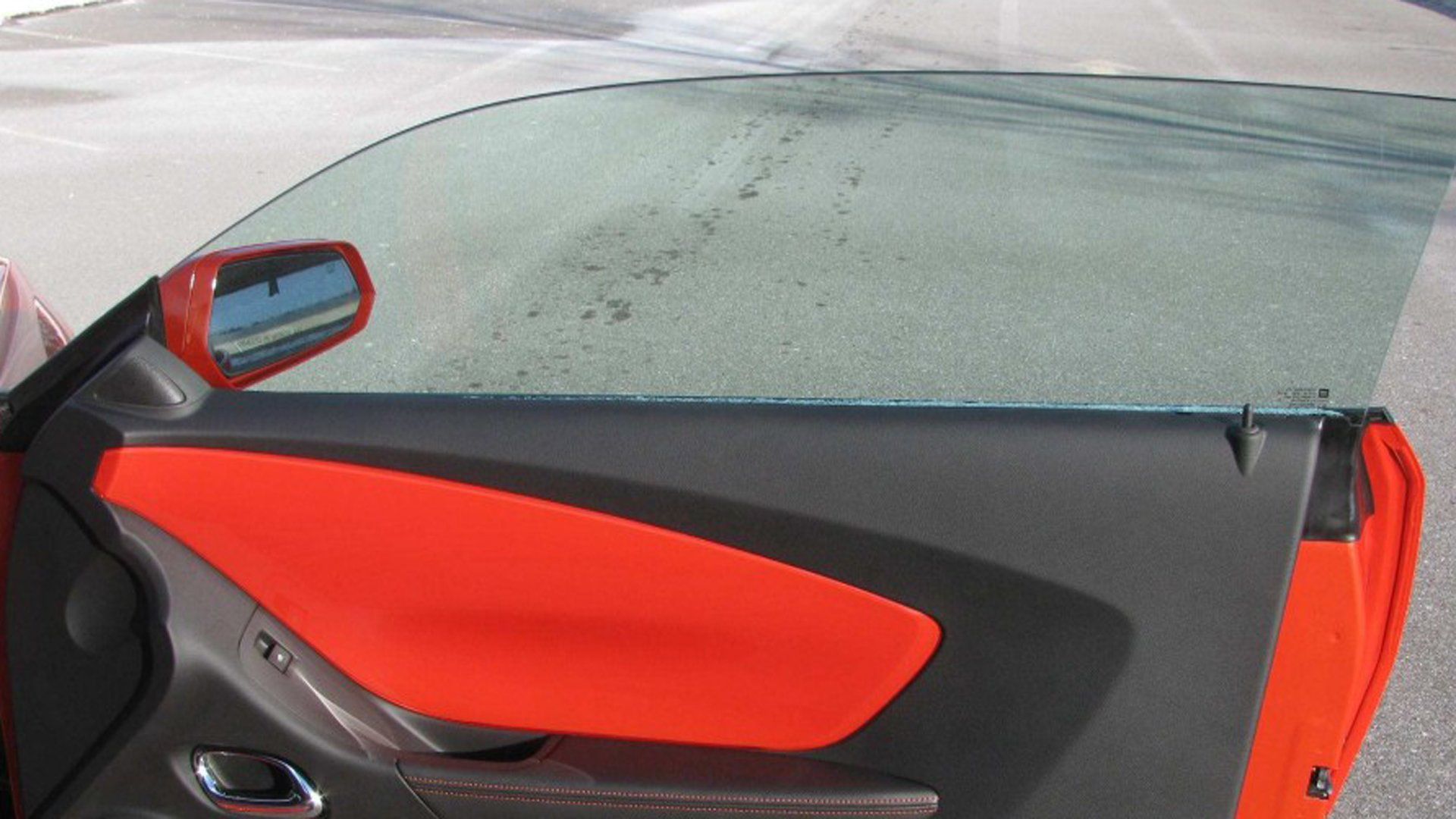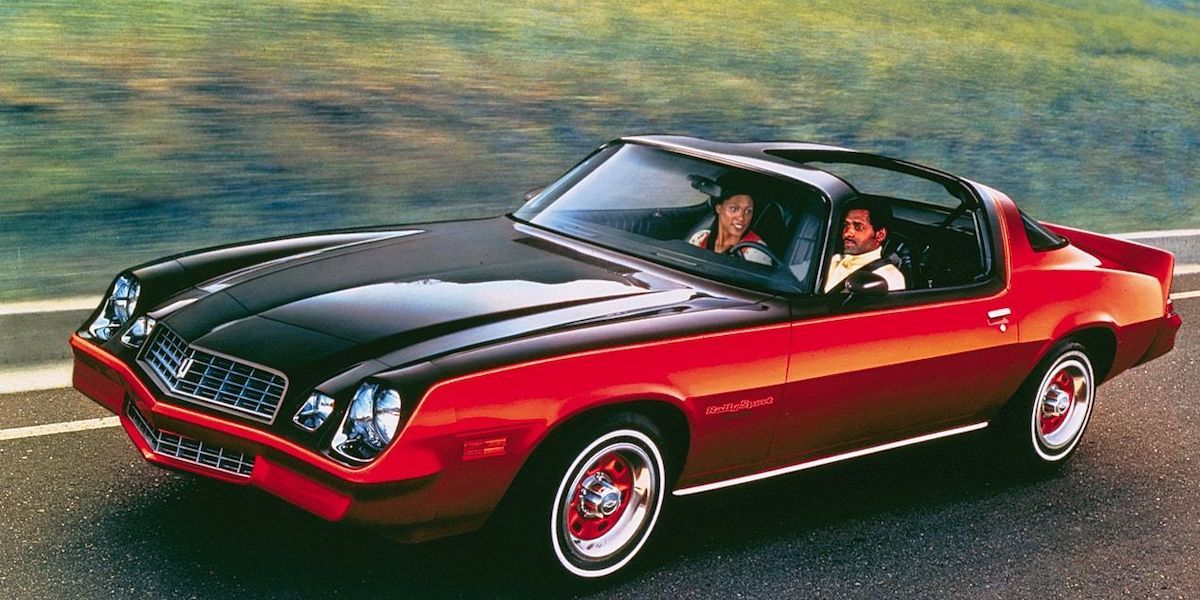The Camaro is an incredible-looking car that has maintained a muscular presence throughout its half-century reign. It has a solid history of driving people to dealerships in droves. The Camaro survived the malaise days of muscle cars and continues to deliver rugged styling, peak performance, and significant cultural significance. The modern ZL1 powerhouse and classic COPO and Yenko Camaros epitomize the brand. The flagship car had one of the strongest resale values on the market through 2021.
But recent sales data show a new trend. In 2011, 88,249 units of the fifth generation Chevrolet Camaro sold, it was a good year. But in 2015, only 77,502 rolled out of the dealership. Every year in a row, sales followed the jagged red arrow south. In 2017, year-end sales of the sixth-generation Camaro totaled 67,940. The downward slide slowed to a halt in 2022, selling just 24,652 units of the sixth-generation Camaro for the year. The party was over. General Motors dropped the Camaro and announced that the nameplate had been discontinued. It’s sad to see this American legend sink into oblivion, especially since it’s the only muscle car left that Chevy offers.
We know the appeal of muscle cars with a Camaro nameplate has brought loyal enthusiasts back to the brand. They don’t mention details like the back seat, which is so small that even small children protest, and the fact that the trunk is barely the size of a large suitcase. The charms of its outwardly aggressive style and its powerful noise make people forget what it lacks. There are other things Camaro owners don’t mention, here are a few.
10 The first thing Camaro owners don’t say: how much they paid for it
The Chevrolet Camaro has always had a premium price in the muscle car segment. It dates back to the muscle car era. To look at it another way, this American icon is the lowest priced sports car on the American market. With the muscle car and sports car sectors, this pony is a cheap sports ride or muscle car car.
However, this has changed recently. In 2023, GM priced a base model Camaro below the Ford Mustang for the first time due to declining sales. In 2023, a base model Camaro MSRP was set at $26,400, while a comparable 2023 Ford Mustang was set at $27,770.
But with weak sales forcing incentive pricing, it’s clear that Camaro fans won’t be returning to the brand. The details in this list will shed some light on what is going on.
9 The lower interior quality keeps it somewhat quiet
Buyers who think they want a premium muscle car experience with a fifth- and sixth-generation Camaro instead found the cabin atmosphere lackluster. It’s hard to ignore when the steering wheel, which the driver comes in contact with more than any other interior feature, is built from cheap materials. The plastic parts seem to break. Opting for a 2023 Camaro ZL1, however, presents a sleeker update with a more modern interior feel.
In the car review section of US news, characterized some disadvantages of owning the 2023 Chevy Camaro. One item noted that the Chevy car has, a “claustrophobic and cheap cabin.” On the outside it looks great, on the inside it’s just like any other standard tie brand, and some new owners complain about that.
8 Owning a 2010 Chevy Camaro can be downright embarrassing
Buying a Camaro makes us feel like we’re on top of the world. But not if it’s a 2010 model. This iteration racked up 280 National Highway Traffic Safety Administration (NHTSA) complaints and deserves its bad reputation. From the transmission to the airbags, costly problems plagued many drivers. GM couldn’t ignore the problems and recalled the model three times.
There was a design flaw in the ignition switch that affected 464,000 owners. A passenger-side airbag problem caused the 2010 model to become embroiled in a class-action lawsuit that GM settled. This model introduced an infotainment system with a 7-inch touchscreen, but this too was problematic, crashing and freezing with age, and even affecting the climate control.
7 Premature timing chain wear on a fifth generation Camaro V6 can be disastrous
Timing chain problems were first noticed in the 2010-2011 Chevrolet Camaro models. It was a serious problem that affected many fifth generation models. A driver may not recognize it until it is too late.
A timing chain disaster can present itself with the “check oil” service notification. Warning signs like rough idling and loss of power indicated what was happening. That is, the timing chain had been subjected to high heat, causing it to stretch, loosen, and wreak havoc on the drive system. A compromised timing chain caused the crankshaft and driveshaft to be out of sync, bending the valves. The issue affected 2010-2015 3.6-liter Camaro V6 models.
6 Treacherous oil and coolant leaks ruined the roadway and the engine
Leaking oil in your driveway, or wherever you park, is not only messy, but embarrassing. It gets worse. Leaks in certain Camaros, model years 1993 to 2010, could prove disastrous if not detected in time.
This is for another problem. Specifically, overheating, when it causes coolant to leak from the radiator. In the event that an internal coolant leak mixes with engine oil and enters the combustion chamber, serious damage would occur. In short, permanent engine failure. Timely replacement of the intake manifold gasket could mitigate the damage.
5 They can’t see out the front window
Poor outward visibility has long been a problem in the Camaro. Almost all reviews cite visibility as a negative point. GMA Authorityin fact, it announced that the Chevy Camaro was rated the worst for outward visibility Consumer Reportsin the sports car category.
Interestingly, the sixth generation planning process stayed the course, fully aware of the design flaw. Because? Because, according to Al Oppenheiser and the Camaro team, loyal Camaro customers didn’t want to sacrifice the Camaro’s badass looks just to look better. Not only are they silent, into the sand, but they don’t even admit it’s a problem. In the end, Chevy installed a better backup camera and blind spot monitoring as a solution.
4 Camaro enthusiasts don’t buy the next model
The Chevrolet Camaro, introduced in 1966, was the stuff muscle car legends are made of. Powerful performance iterations rivaled big brother Chevy Corvette, and the thrill of the Z28, COPO and IROC lives on. Never mind that the ‘Vette would always win, packed with the best engines. But as a constant competitor to the Ford Mustang, the Camaro has maintained its reign as a big muscle car. The second-generation Camaro beat the Mustang at its pony game in 1970, offering the RS, SS, and an upgraded Z28. All of this fostered a loyal following of fervent Camaro fans.
Despite this, sales slowed and sentiment changed in 2015, with hardcore Camaro fans openly complaining about the appearance of the sixth generation, especially the front fascia. They did not like the design of the headlights, which are so narrow that it looks like they are squinting. They said it ruined the look of a cool muscle car. The fact is, Camaro lovers weren’t totally into the next generation models. Other problems like a faulty infotainment system turned into a class action lawsuit against GM. It was a gradual decline that led to a sharp fall, which eventually ended with the disappearance of the plate.
3 They had to replace the Soft-Top convertible due to premature wear
A convertible Camaro is very nice, making a Camaro look even more like a sports car. It’s stylish and, even better, offers much more visibility. But seriously, unless you are prepared to invest future money in maintaining the lid, buy a hard curtain.
The premature wear of the soft top convertible material happened so early that GM offered support for the 2011 to 2012 models. The real problem is that Camaro convertible tops are not tonneau material. They are made of vinyl or fabric. Most are covered by a five-year warranty. The fifth generation was the most prone to early deterioration. The potential problem was pointed out to GM EFI. Another aspect Camaro convertible owners keep quiet about is what happens when the top is down. Takes up most of the small trunk when folded back.
2 A rattling noise when raising and lowering automatic windows
If there is a noise when the side windows are rolled down, be glad it still works. That’s because the sixth-generation Camaro’s power windows would also stop working entirely. Another sign of window failure is that it will go up slowly or stop halfway, and this is a sign that the power control is on.
The problem, in this case, is that the motor inside the window panel is broken. The repair will cost about $200. The part is not expensive, so window motor replacement can be done at home. RepairPal noted that the problem affected models from 1990 to 2002.
1 It’s not just convertibles, it’s also leaking T-Tops
T-Top Camaros are definitely more impressive than a convertible soft top. However, these cars are not immune to premature wear and tear. Leaks usually start with small amounts of moisture. If you catch it at this stage, the cover might be recoverable.
If not, the top will bloom, bloom and look unattractive. Some of these leaks, if due to bad weather, can be easily fixed. Applying new weatherstripping solves the problem.



